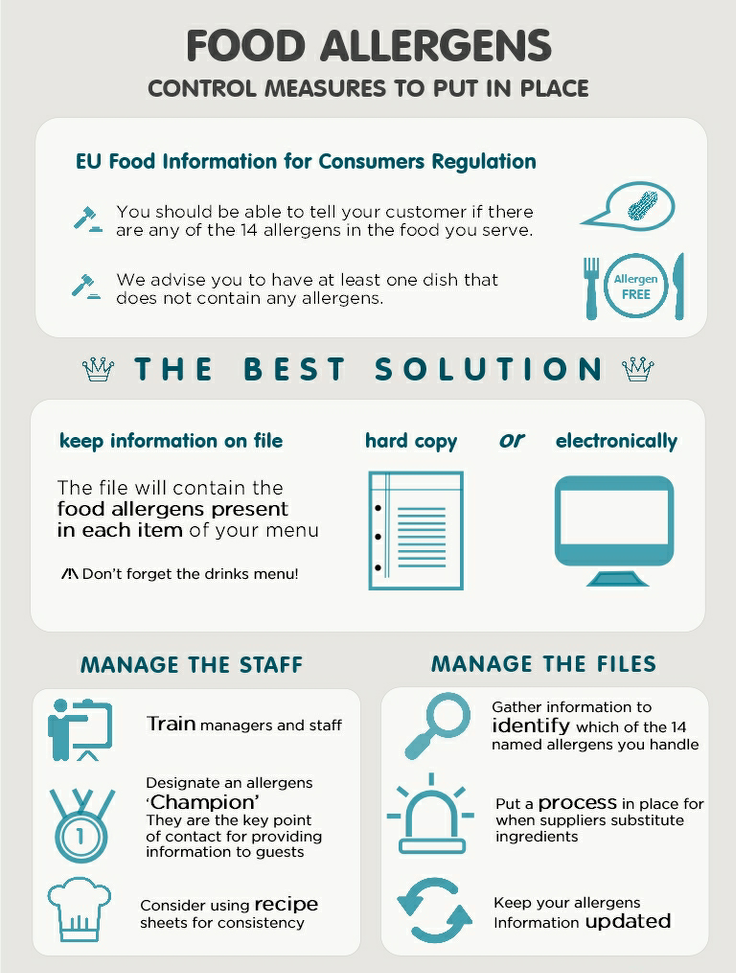New research by the Food Standards Agency (FSA) has found that thousands of consumers are still suffering allergic reactions despite the introduction of new allergen legislation in December 2014.
Although it is clear there has been significant improvement, as 83% noticed an increase in the measures taken to improve allergen safety since 2014, there is still a long way to go before it is completely safe for allergenic customers. The study found that a quarter of people with food allergies have since suffered allergic reactions when dining out, 1 out of 5 of these people were admitted to hospital.
Allergic reactions can range from a rash and swelling around the neck area, food poisoning symptoms, anaphylaxis, to being fatal. An incorrectly labelled menu item led to the death of a customer of The Indian Garden in North Yorkshire. As a result of the accident restaurant owner Khalique Zaman was convicted of manslaughter through gross negligence and was given a six year custodial sentence.
With the number of people suffering from allergies have increased in the last decade it is now more important than ever that staff are properly trained in the importance of allergen knowledge.
What the Law Says
The new legislation requires businesses to provide information about allergens in the food they sell in a more clear and consistent way. This law effects all UK establishments selling foods, including all food manufacturers and producers; retailers; institutional caterers and other foods businesses; and food importers. There are 14 allergens that must be identified to consumers, these include:
- Sulphur dioxide
- Tree nuts
- Peanuts
- Mustard
- Milk
- Egg
- Celery
- Fish
- Cereals containing gluten
- Crustaceans
- Lupin
- Soya
- Sesame
- Molluscs
On packaged food, allergens must be clearly identified in bold or a different font in the ingredient list. If there has been a risk of cross-contamination and a risk assessment has been undertaken, in the preparation process, businesses can voluntarily add advisory “May contain x allergen” labelling.
In establishments where food is served, there must be allergen information about each dish clearly displayed, or be readily available for the customer if they request the information.
Communicating to your customers
It is up to the food business how they inform their customers about the allergens in their food, however the information must be clear, readily available, and accurate. Some examples of how this can be done include:
- Clearly identifying allergens on the menu
- Informing the customers via at a statement at the bottom of the menu, that allergy information is available, then providing the information preferably via a folder or booklet.
Keeping staff in the know
For the protection of both the business and the customer, the following training is recommended:
- Training all staff that handle or serve food in Allergen Awareness, to improve their knowledge regarding the dangers of allergens and the company procedures for dealing with an allergy enquiry.
- Continuously carry out refresher training on allergies for all staff.
- Provide certified training for the competent persons both in the kitchen and front of house who will be involved in the taking of orders and the preparation of allergen free foods.
Even when all the precautions have been taken, sometimes accidents can happen. For advice on how Food Alert can support you in these instances, or any other enquiries on this topic, contact us at enquiries@foodalert.com or call on 020 7244 1900
